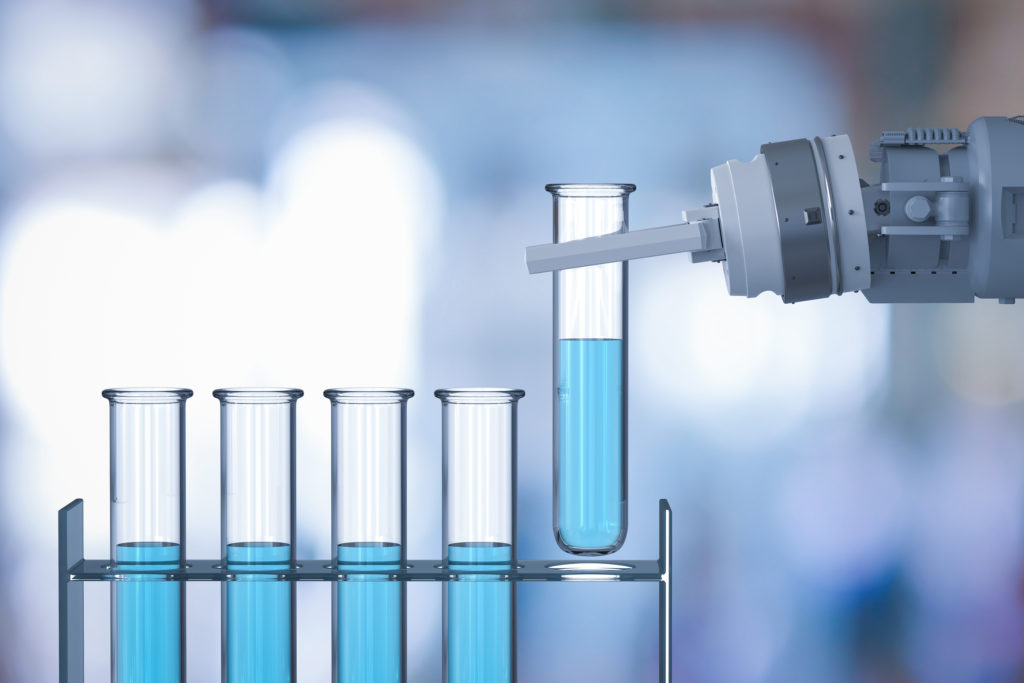Each year, more than 2 million animals are destroyed in testing of various chemicals used in consumer products. That may soon change, thanks to new approaches to chemical testing using artificial intelligence (AI).
Thomas Hartung, Professor of Environmental Health and Engineering at Johns Hopkins University, is currently leading a team dedicated to finding faster, cheaper and more accurate methods of testing the safety of chemicals.
Hartung and his team have developed a computer method of testing chemicals that could save those 2 million animals and more than $1 billion annually. Leveraging an expanded database based on REACH (Europe’s Registration, Evaluation, Authorizations and Restriction of Chemicals legislation) and machine learning to predict toxic properties, the team has developed a novel algorithm and database for analyzing chemicals and determining their toxicity. The program is called read-across structure activity relationship (RASAR).
In testing 48,000 chemicals with this new computer program, toxic substances were found in 89 percent of cases – far more accurate than the corresponding animal tests, which were accurate only 70 percent of the time. RASAR will be formally validated by an interagency committee of 16 U.S. agencies, including the EPA and FDA. The committee will challenge the computer program with chemicals for which the outcome is unknown.
The potential for RASAR is enormous. According to Hartung, “The RASAR approach is in essence based on chemical data that was registered for the 2010 and 2013 REACH deadlines. If our estimates are correct and chemical producers would have not registered chemicals after 2013, and instead used our RASAR program, we would have saved 2.8 million animals and $490 million in testing costs – and received more reliable data. We have to admit that this is a very theoretical calculation, but it shows how valuable this approach could be for other regulatory programs and safety assessments.”
In the future, using RASAR as a resource, chemists could see whether a new structure will have problems before even synthesizing their next chemical. Product developers would be able to pick alternatives to toxic substances to use in their products. No animal testing needed.
Exploring Ethics in AI
AI is having a tremendous effect on a wide range of industries and the ethics involved are a huge consideration in implementing this new technology. To learn more, visit IEEE Xplore®, which includes these five AI courses:
- Ensuring Data Protection and Data Safety
- Responsible Innovation in the Age of AI
- The Economic Advantage of Ethical Design for Business
- The Nature of Nudging
- Values by Design in the Algorithmic Era
Upon completion of each course, students receive CEUs/PDHs necessary for maintaining engineering licenses. And coming this September, Artificial Intelligence and Ethics in Design: Responsible Innovation. Pre-order today.
Resources
Hartung, Thomas. (25 Jul 2018). AI more accurate than animal testing for spotting toxic chemicals. The Conversation.



No comments yet.